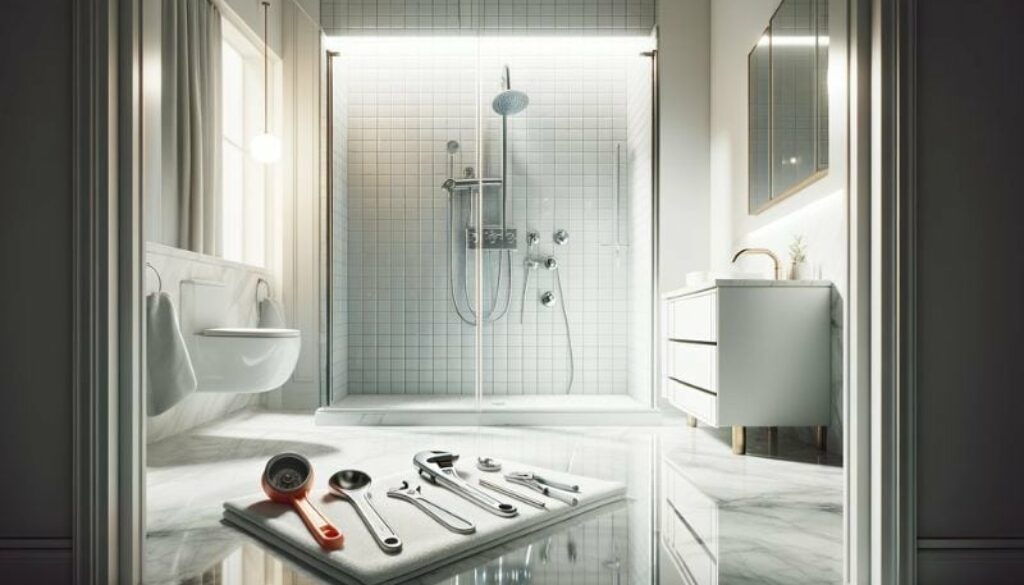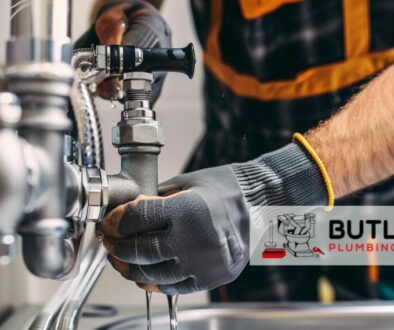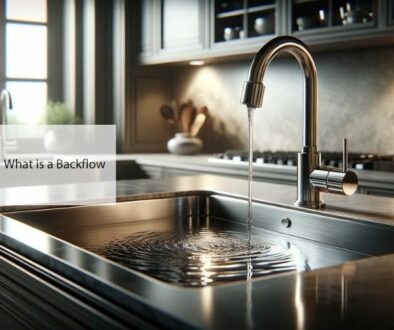How to Plumb a Shower
Plumbing a shower involves careful planning and execution to ensure proper water supply, drainage, and waterproofing. Here’s a step-by-step guide on how to plumb a shower:
1. Preparation
Gather Tools and Materials
- Tools Needed: Pipe wrench, adjustable wrench, tape measure, drill, hole saw set, torpedo level, soldering torch (for copper pipes), PVC cutter (for PVC pipes), Teflon tape.
- Materials: Shower valve, shower head, tub spout (if applicable), P-trap, PVC or copper pipes (depending on your system), fittings, plumber’s putty, silicone sealant.
Plan the Layout
- Measure and Mark: Determine the location for your shower valve, head, and tub spout (if applicable). Mark the positions, ensuring the showerhead is at an appropriate height (typically around 80 inches from the shower floor).
2. Install the Shower Valve
- Cut Access: If working on an existing wall, cut an access hole where you’ll install the shower valve.
- Mount Valve: Secure the valve according to the manufacturer’s instructions. It’s crucial to ensure it’s level and at the correct depth relative to the finished wall surface.
- Connect Pipes: Run hot and cold water supply lines to the valve. For copper pipes, this will involve cutting, fitting, and soldering. For PVC, cut to length and use fittings to connect, securing with PVC cement.
3. Run the Shower head and Tub Spout Pipes
- Measure and Cut: From the valve, measure, cut, and run piping to where the shower head and tub spout will be located. Ensure pipes are secured and properly aligned.
- Install Fittings: Install elbow fittings for the shower head and tub spout. Use Teflon tape on threaded fittings to prevent leaks.
4. Install the Drain and P-trap
- Position the Drain: Align the shower drain with the center of the shower base. Ensure it’s level with the floor.
- Connect to P-trap: Run the drainpipe to the P-trap, then connect the P-trap to the main drain line. Make sure the P-trap is accessible for future maintenance, adhering to local plumbing codes.
5. Test for Leaks
- Pressure Test: Before closing up walls or installing the shower base, perform a pressure test on the water supply lines and check for leaks at all connections.
- Drain Test: Fill the shower base with water and observe the drain and P-trap for any leaks.
6. Waterproofing
- Install Shower Pan or Base: If not already in place, install your shower pan or base according to the manufacturer’s directions, ensuring it’s level and properly sealed.
- Waterproof Walls: Before tiling or finishing the shower walls, apply a waterproof membrane over the backer board to prevent water damage.
7. Finishing Touches
- Install Shower Fixtures: Once the wall is finished and tiled, install the shower head and tub spout. Apply plumber’s putty or silicone sealant as needed to prevent water seepage.
- Seal and Caulk: Seal the edges of the shower base with silicone sealant and caulk any gaps between the shower fixtures and the wall.
8. Final Inspection
- Check Once More for Leaks: With all fixtures in place, turn on the water and check once more for any leaks or issues with water flow.
- Adjust as Needed: Make any necessary adjustments to ensure all fixtures function correctly and efficiently.





